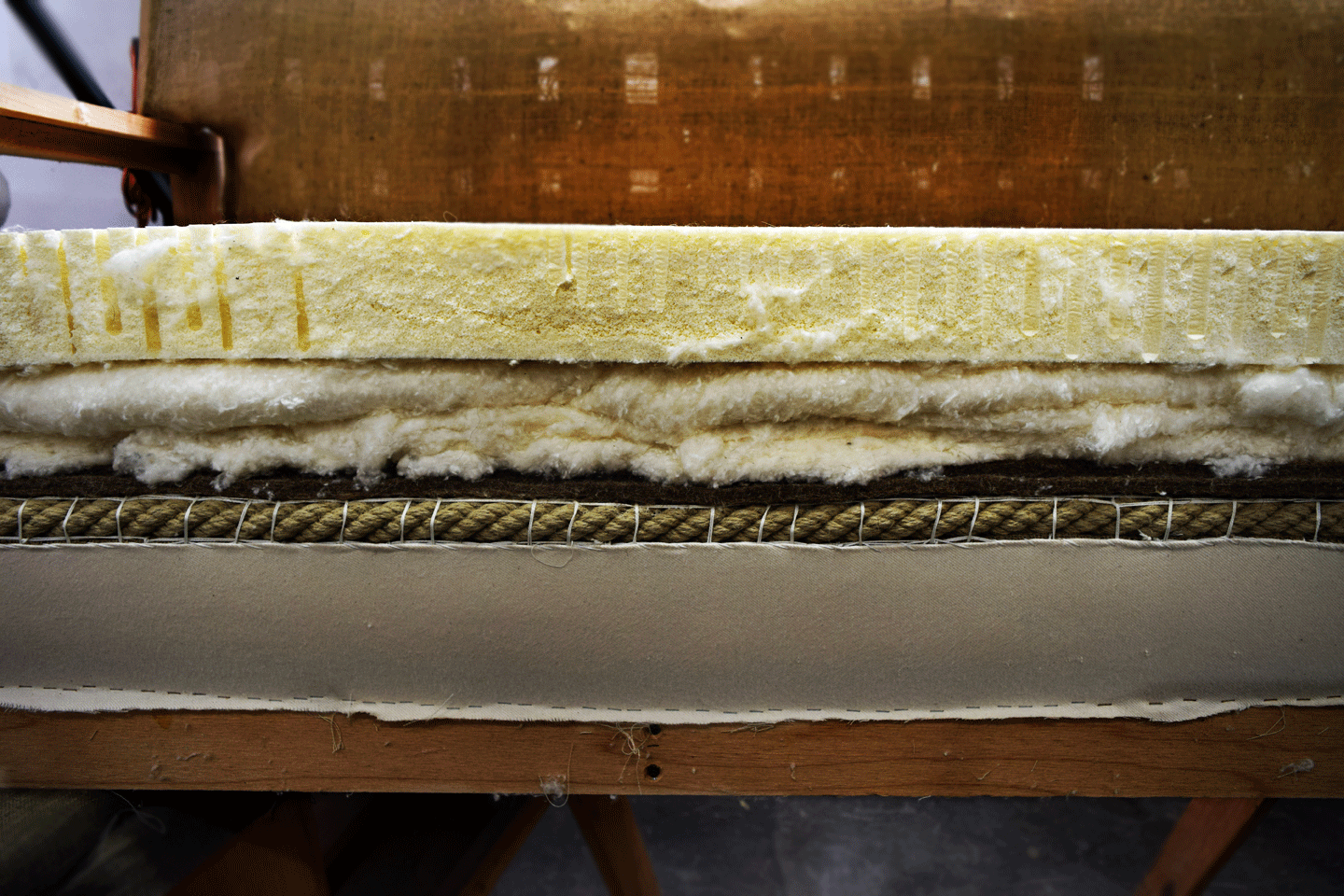VOC? What does that mean? The Minnesota Department of Health states that Volatile Organic Compounds are “a large group of carbon-based chemicals that easily evaporate at room temperature. While most people can smell high levels of some VOCs, other VOCs have no odor. Odor does NOT indicate the level of risk from inhalation of this group of chemicals.”
I’ll bet most of you have heard of formaldehyde. It’s a VOC and considered volatile because it emits a gas at room temperature. As it warms up, more of the chemical off-gasses into a room. (Off-gassing is the natural evaporation of chemicals.) The top three VOC offenders in our home? Carpeting, paint, and furniture and upholstery; all can carry VOCs, such as formaldehyde, toluene, and benzene, just to name a few.
Read more




